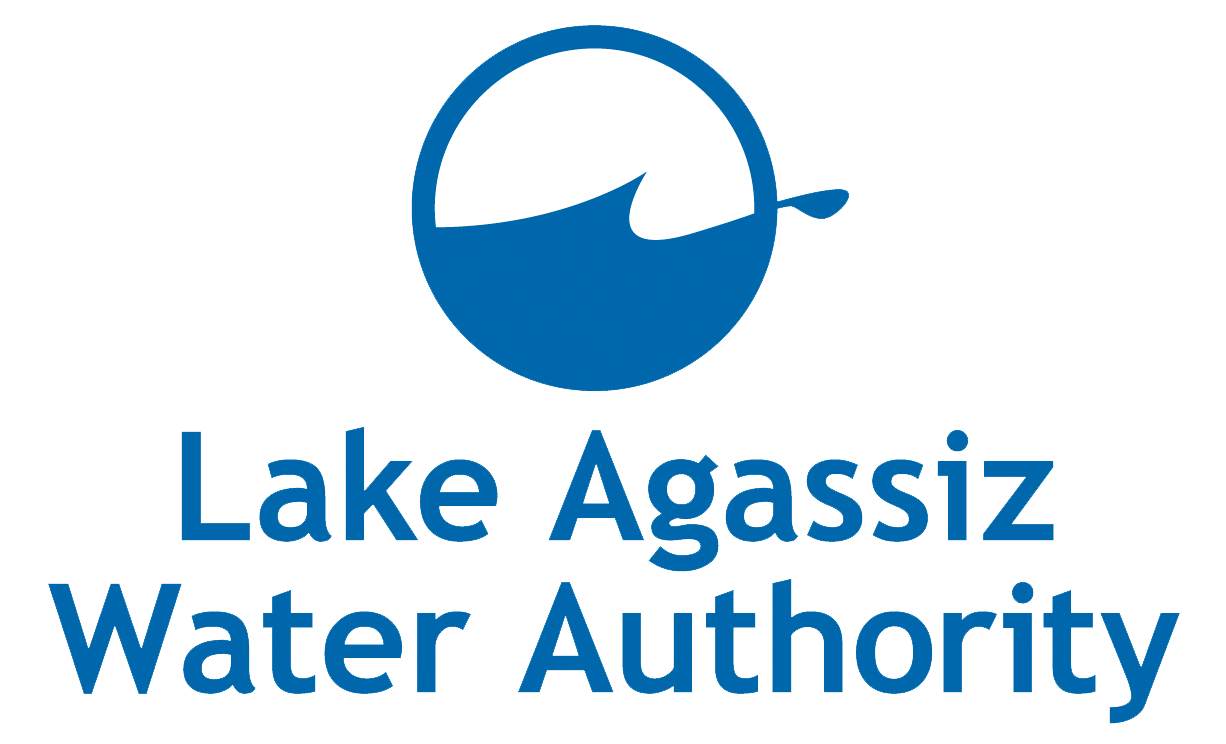By Keith Norman on Mar 25, 2017 for the Jamestown Sun
The political climate for proceeding with the Red River Valley Water Supply Project looks good at the federal level, according to Duane DeKrey, general manager of the Garrison Diversion Conservancy District.
DeKrey and other Garrison Diversion officials were in Washington, D.C., last week to talk with the North Dakota congressional delegation and officials with the U.S. Department of the Interior.
“Their message to us was the Trump administration has put out the word to find a way to get to ‘yes,'” DeKrey said, referring to discussions with the Interior Department.
DeKrey said conversations with Ryan Zinke, secretary of the Interior Department, went well.
“He’s from Montana,” DeKrey said. “He’s very well versed on water battles and wants to get things done.”
The RRVWSP would pipe water from the Missouri River to central and eastern North Dakota. Water districts and communities have reserved space on the pipeline for future needs. The Jamestown/Stutsman Development Corp. and Stutsman Rural Water District have reserved 15 cubic feet per second of water capacity on the line.
“It would be industrial water for the continued expansion at the Spiritwood Energy Park Association,” said Connie Ova, CEO of the JSDC. “We have adequate water now for current and planned projects, but we couldn’t handle another big water user.”
Many communities in eastern and central North Dakota are looking to RRVWSP for municipal water supplies in case of drought years, DeKrey said.
“Every rural water system between the Red River and Missouri River has signed up,” he said. “We’ve had communities ranging in size from Hannaford to Fargo sign up.”
DeKrey said the RRVWSP is required to meet federal environmental rules and follow the permitting process, but will be funded by the state.
The North Dakota House of Representatives passed House Bill 1020, which included $58 million for regional water projects. The money would be split between the Southwest Pipeline Project, which would move Missouri River water to southwest North Dakota, and RRVWSP. The bill, the appropriations bill for the North Dakota State Water Commission, is pending in the Senate.
If the Senate passes the bill, the RRVWSP would receive about $30 million in state funds for the next two years. DeKrey anticipates spending about half on engineering work and half on early construction. Once construction starts, the project would then be governed by the federal regulations in place.
“The ease of doing business with the federal government may not be long lived,” DeKrey said.
Even with federal permits in place, the project still faces some challenges in state funding, said Geneva Kaiser, manager of Stutsman Rural Water District.
“The actual cost of the water has not been determined,” she said. “Determining the costs seems to be put off into the future.”
The RRVWSP had a preliminary engineer’s estimate of $1 billion in 2016. Earlier discussions had the state of North Dakota covering 90 percent of the cost of the project and the remaining 10 percent split among the water users, Kaiser said.
Decisions on the actual construction of RRVWSP and how it would be funded could be debated yet this legislative session or delayed to the 2019 session of the North Dakota Legislature, Kaiser said.
The local water users would also be responsible for the operations and maintenance costs of the pipeline and pumping stations.
“If the costs of the water are too high,” she said. “The industrial water users won’t come here.”
Jamestown Sun Article
